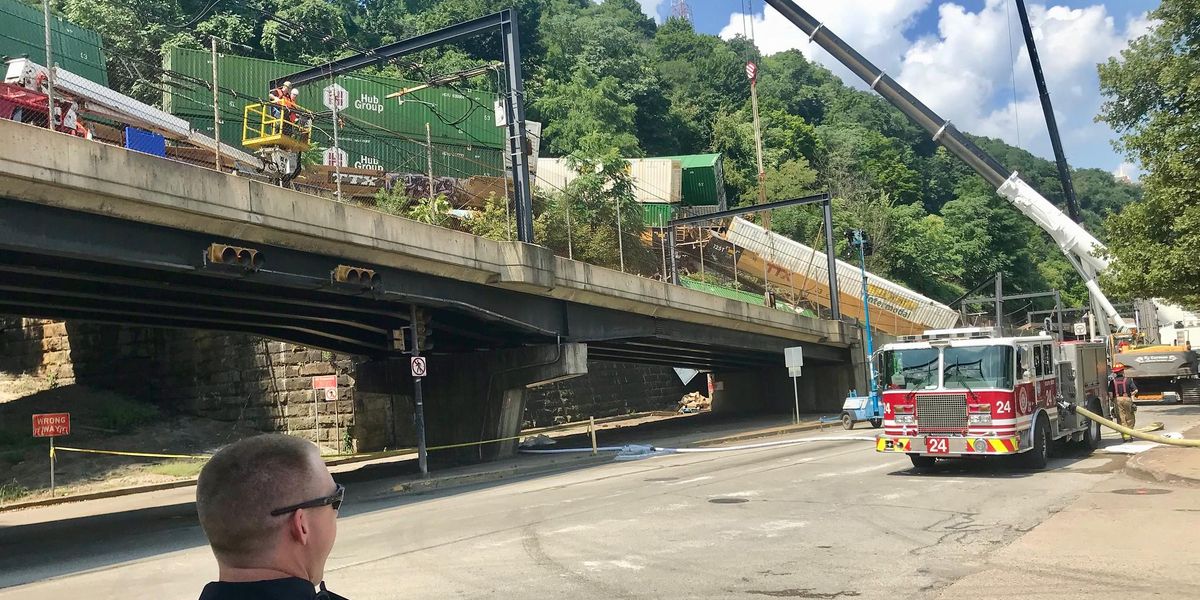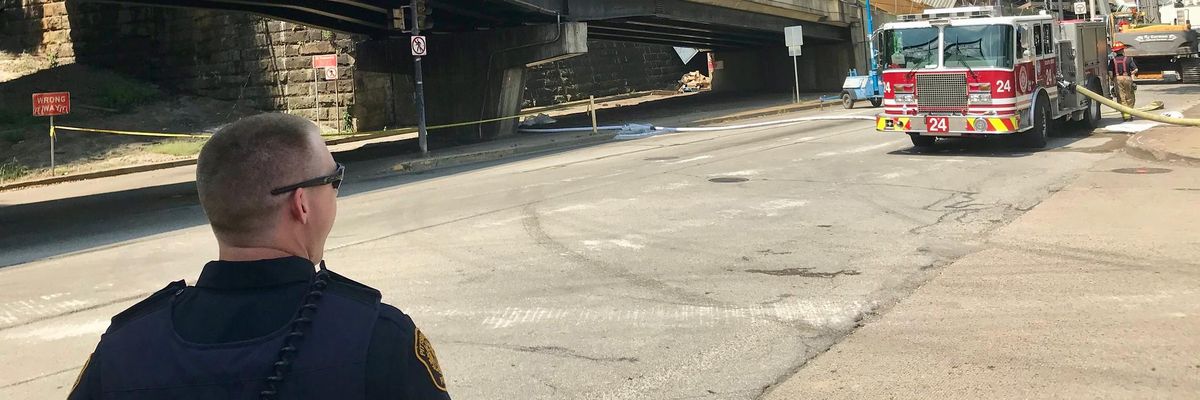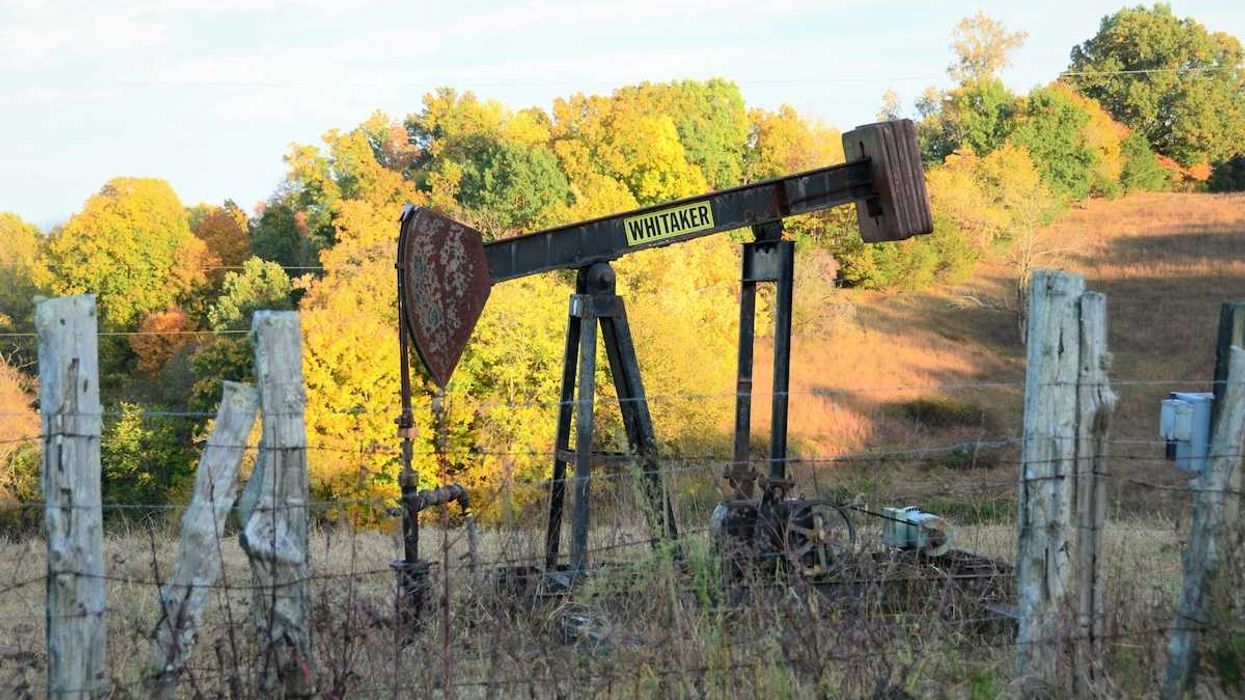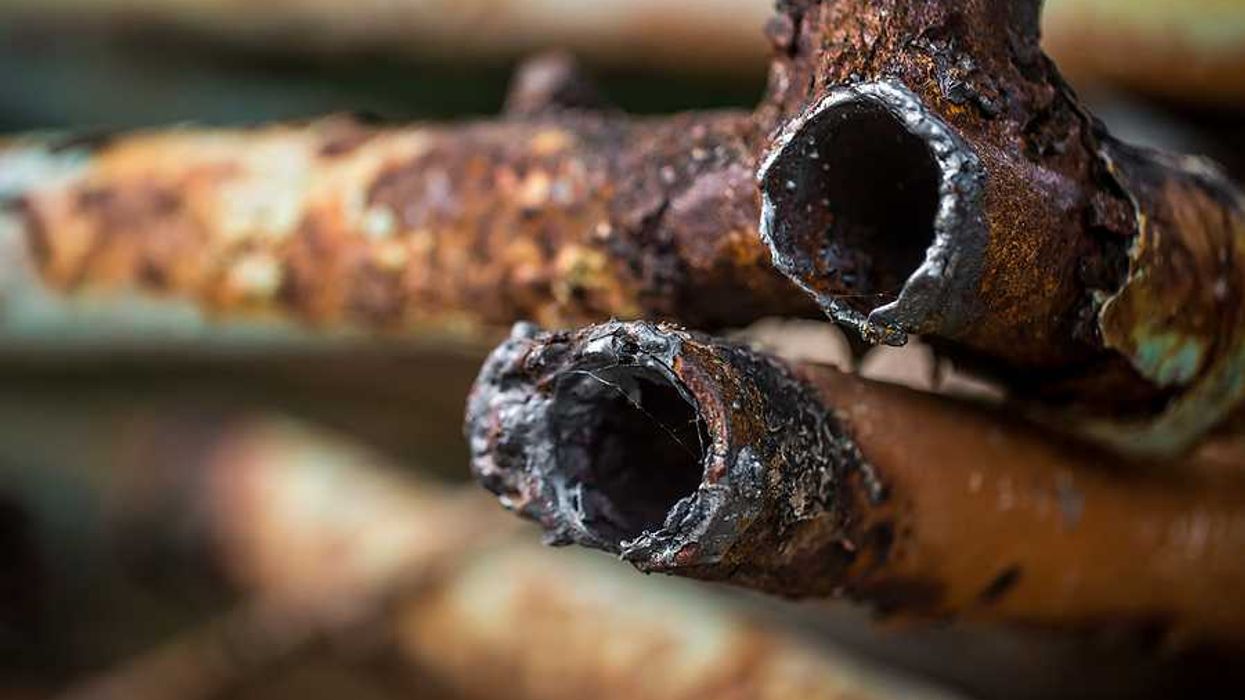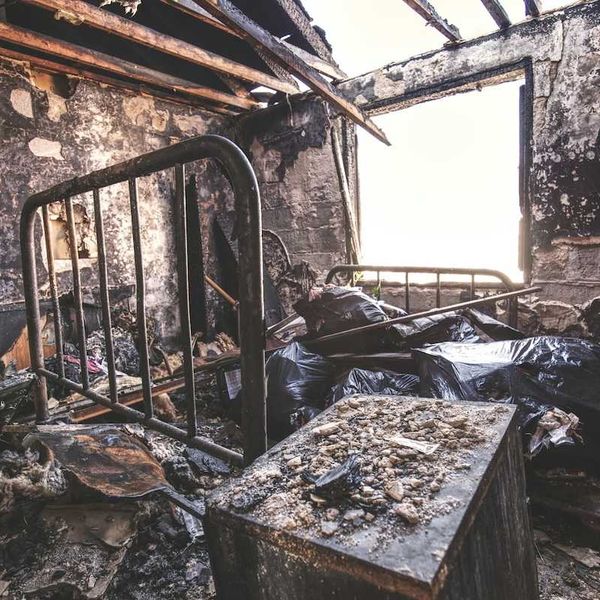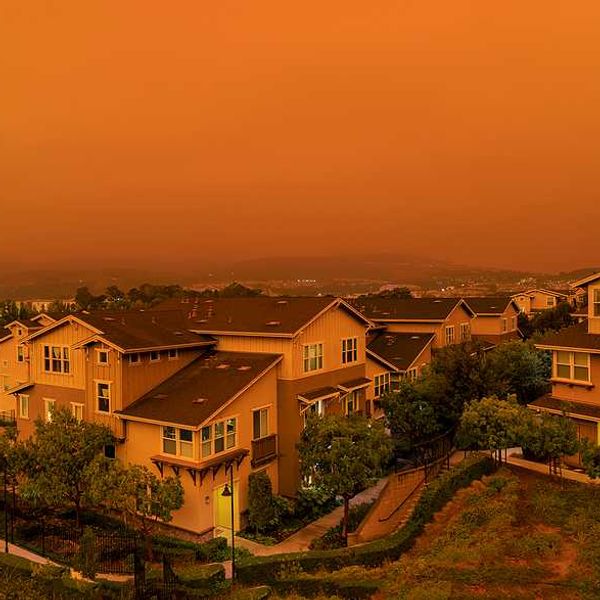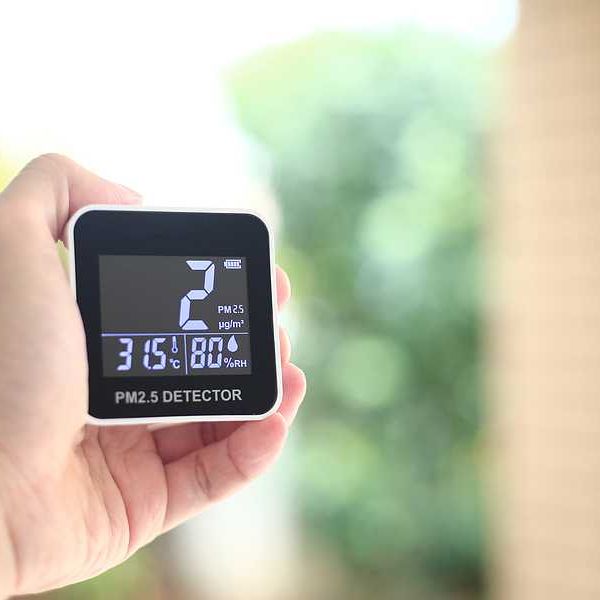PITTSBURGH — On Friday, about 50 Norfolk Southern train cars derailed in East Palestine, Ohio, about an hour northwest of Pittsburgh, causing an explosion and subsequent fire that continued burning through Sunday night.
Everyone living in a one-mile radius of the crash site was ordered to evacuate due to concerns that the burning train cars could cause explosions or harmful emissions of hazardous materials, including vinyl chloride. Exposure to vinyl chloride is linked to an increased risk of cancer in the liver, brain, lungs and blood.
Residents experienced burning in their eyes and throats from the orange plumes resulting from the crash, but it’s unknown exactly what other hazardous materials are burning in the fire and what additional health threats they pose.
According to the Federal Rail Administration, at least one train “slips off” the tracks every day in the United States, and reports have warned of risks of similar accidents across the country.
This is the eighth major train derailment in the greater Pittsburgh region in the last five years. Since 2018, derailments have occurred in Steubenville in Jefferson County, OH; in Harmar Township, Clairton, Baldwin and Pittsburgh’s South Side in Allegheny County, PA; in Big Beaver in Beaver County, PA; and in Morris Township in Greene County, PA.
Local advocates say these incidents are not surprising. In 2015, the environmental nonprofit group PennEnvironment Research & Policy Center released a report, “Danger Around the Bend: the threat of oil trains in Pennsylvania,” which showed the risk that trains carrying explosive and toxic materials may pose to nearby communities in case of an accident.
“Sadly, last night’s fiery blast on the Pennsylvania-Ohio border is a stark reminder of the threat posed to our cities, towns and communities from trains carrying explosive materials across Pennsylvania and the United States every day,” David Masur, executive director of PennEnvironment, said in a statement.
Advocates called for increased transparency about hazardous chemicals being transported through residential areas.
“The exact identities of the hazardous chemicals released into the air from the explosion and fire last night should have been known and disclosed immediately to residents, first responders and local government officials responsible for protecting the public in an emergency," said Dr. Ned Ketyer, president of PA Physicians for Social Responsibility, in a statement.
"Not knowing that information during and after the evacuation puts those individuals in proximity to the spreading toxic plume at risk for health consequences, some of which may appear days or weeks from now,” he added.
Pittsburgh is downwind of the site of the accident. Air monitors throughout the region showed high levels of air pollution on Monday morning, but no warnings have been issued to anyone outside the immediate vicinity of the accident.

Credit: Screenshot, purpleair.com
"Residents within a tight radius are the only ones warned of health risks," Larry Simms of the advocacy group Rail Pollution Protection Pittsburgh (RP3), said in a statement. "Not a single public agency has cautioned the tens of thousands downwind of the burning train to stay indoors."
No one was injured in Friday’s explosion, but local advocates warn that trains carrying hazardous substances also run through some of Pittsburgh’s most populated neighborhoods.
"Currently 40 to 50% of all of the volatile Bakken crude oil going to the East Coast refineries comes directly through Pittsburgh and the heart of Oakland," said Glenn Olcerst of RP3 in a statement, referring to the densely-populated Pittsburgh neighborhood that’s home to the University of Pittsburgh.
According to the Breathe Project, a group of more than 50 nonprofits advocating for clean air in the Pittsburgh region, there are 176,000 Pittsburghers living in the derailment blast zone, 74% percent of whom live in environmental justice areas.
If a derailment occurred along Norfolk Southern tracks that runs through Pittsburgh’s East Liberty neighborhood, more than 34,000 people in a 1-mile radius would be at risk of an explosion and would need to evacuate, according to the Breathe Project.
Olcerst also noted that with Shell’s newly opened plastic plant and growing natural gas infrastructure throughout the region, “the length and volume of these ‘bomb' trains is only going to increase exponentially.”
"Pittsburgh has been just plain lucky to date in terms of not being the locus of a major catastrophe," said Olcerst. "We cannot expect to keep playing this game of Russian Roulette, and we need to start learning from the lessons that the previous eight local derailments have offered."
- Listen: EHN reporter discusses EPA's new proposed air pollution limits ›
- Pittsburgh students go on strike to join international day of climate action ›
- Chemicals linked to birth defects are being dumped in Pittsburgh’s rivers: Report ›
- WATCH: EHN reporter Kristina Marusic discusses the alarming link between air pollution and mental illness ›
- The EPA has disclosed additional, concerning chemicals released during the train derailment in East Palestine, Ohio - EHN ›
- The aftermath of the East Palestine, Ohio, toxic train derailment - EHN ›
- Toxic vinyl chloride is a widespread environmental injustice - EHN ›
- Displaced and distraught: East Palestine remains at risk and without answers - EHN ›
- Environmental groups call on the EPA to ban the toxic chemical vinyl chloride - EHN ›
- Numerous miles-long oil spills have been reported on the Monongahela River - EHN ›
- Ohio derailment reveals gaps in public health response to chemical emergencies, experts say - EHN ›
- Cell phone radiation exposure may increase during travel - EHN ›

